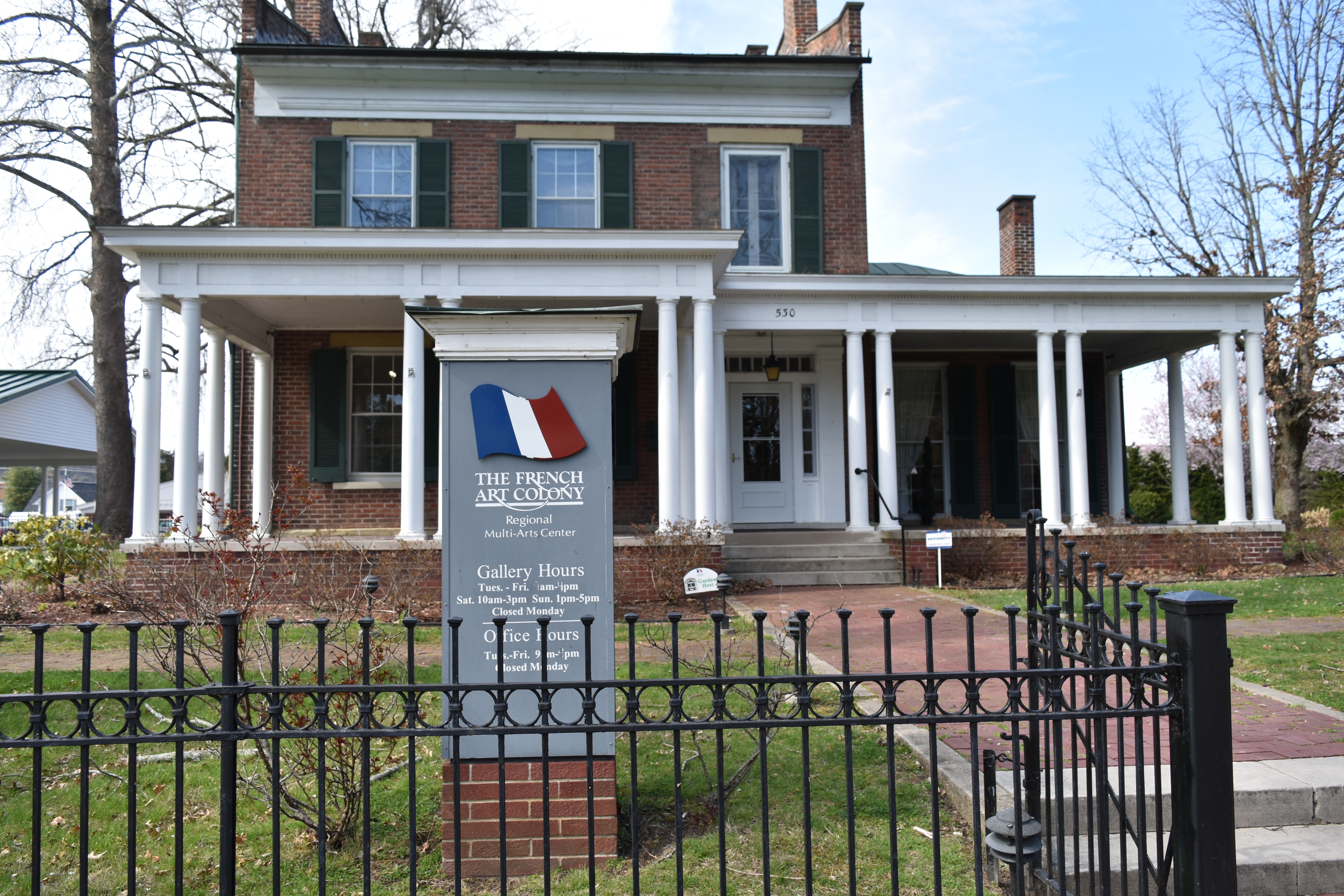 Art and culture center brings art classes, gallery viewings and theater productions tocommunity
Art and culture center brings art classes, gallery viewings and theater productions tocommunity
Located on the banks of the river in Gallipolis, the French Art Colony has been a destination for art classes, gallery expeditions and theater productions for more than 50 years in Gallia County.
The organization is named for the history that lies within Gallipolis—which is known as the “old French city.”
“We’re the second oldest settlement in the northwest territory,” says Janice Thaler, who is one of the founding members of the French Art Colony, as well as sitting board president. “We tried to keep the history in tact.”
The beginnings of the Colony
Thaler says the Colony began when there were a small handful of people who wanted art lessons in Gallipolis. One of them decided to rent a studio space—a second floor studio in an old building.
“We had our studio, there was a bathroom and a tiny area where you could store your artwork when you were finished, and we started having art classes up there,” Thaler says.
These classes began in 1964, and eventually expanded their focus beyond oil painting, offering courses on drawing, sculpture and a variety of other artistic mediums.
In 1970, the Colony moved into their current location—a historic river mansion built in 1855 that belonged to Jenny Holzer, mother of Dr. Charles E. Holzer Jr.—the wife of Dr. Charles Holzer, founder of Holzer Hospital. Both Jenny and Holzer Jr. had been actively involved with the French Art Colony.
“It’s a beautiful home, and the interesting part is that home only has had three owners,” Thaler says. “Our intent was to make it useful for the Art Colony but not destroy any historical features in the process. We haven’t altered anything, we’ve kept the integrity of the house, but it’s very much useful… the whole thing is dedicated to the arts.”
To purchase the building, the Colony received one of the first two grants from the Ohio Arts Council in 1968.
The French Art Colony today
Since the earlier years of the Colony, more and more classes have been added to fill the needs of community members. Along with traditional art classes, it has been expanded to offer piano, guitar, photography, sewing, yoga and dance classes.
The building features a gallery area, where the Colony exhibits art from around the surrounding regions. These include two youth art exhibitions in collaboration with local schools—Gallipolis City Schools and Gallia County Local Schools.
“A lot of times, our gallery exhibits are from artists who entered the competition,” says Joseph Wright, executive director of the French Art Colony.
An extension of the Colony is the theater, which houses an in-house theater group. This includes a community group, a youth group and a puppet team. Wright says they always try to take adapted versions of their productions into schools to showcase to the students, which are shortened versions of the full production with limitations on costumes and props. If there is funding available, the group is able to take the full production to show students.
“Because of budget cuts, we’ve always taken our programs into the schools, including art classes,” Thaler says. “Over the years, we’ve always been involved with the schools.”
On Thursday evenings throughout the summer months, the Colony hosts “Hot Summer Nights,” which features performances, booths by local artisans and specialties from local restaurants.
“I think we have a unique role in that we have the opportunity to connect people from all different walks of life,” Wright says. “They’re all together working on a creative outlet, on a creative journey together. We’re connecting people together through the arts.”
